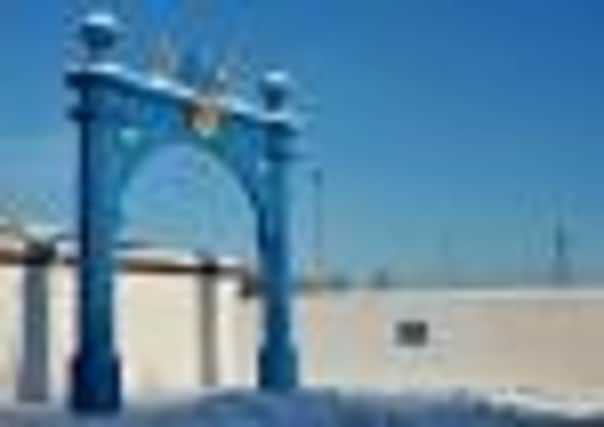Lost Edinburgh: Edinburgh International Exhibition 1886
This article contains affiliate links. We may earn a small commission on items purchased through this article, but that does not affect our editorial judgement.


International exhibitions, also known as world fairs and expos, have been a regular occurrence across the globe since the middle of the 19th century. They are essentially large public expositions which showcase the very latest scientific, cultural and social advances that mankind has to offer, as well as providing a space to educate visitors with an array of international curiosities and enlightening objects.
The Edinburgh International Exhibition of Industry, Science & Art, ran from the 6th of May to the 30th of October 1886. Prince Albert Victor, grandson of Queen Victoria, cut the ribbon at the opening ceremony which took place in the city’s Meadows parkland. The magnificent structure of the exhibition building faced Brougham Place and took up approximately half of the Meadows. The impressive main pavilion at the front of the building was topped with a 120ft high domed roof decorated with the signs of the zodiac. Beyond the main hall were numerous corridors and galleries filled with all the wonders of the Victorian age. Over 20,000 exhibits were arranged throughout a structure that could hold tens of thousands of visitors at any one time. Fascinating exhibits from around the world ranged from ‘educational appliances; Italian furniture and marble; violins from Prague; Turkish embroidery; illustrations of mining, pottery, sugar-refining, sea industries, paper-making, printing, and railway, tram-way and other vehicular appliances’. The pièce de résistance, however, was undoubtedly the large-scale reconstruction of a typical 17th century Edinburgh street complete with legendary buildings that had long since been demolished. These included the old gateway into the city, the Netherbow Port and the Black Turnpike - an imposing medieval structure that had once stood next to the Tron Kirk. The painstaking attention to detail and acute imitation of the faux-medieval architecture and stonework is said to have been particularly impressive.
Advertisement
Hide AdAdvertisement
Hide AdThe exterior of the structure was lavishly appointed with statues and many interesting features. The gardens surrounding the pavilion were beautifully arranged and featured a fountain, rockery and bandstand. Eateries and drinking establishments both temperance and regular were dotted around the site. A model dwelling-house of the future stood nearby that incorporated all of the modern conveniences that the Victorian era could potentially supply. Between Brougham Place and Middle Meadow Walk there ran an electric railway that offered ease of access from one end of the site to the other. At night the building and grounds were lit by 3,200 electric lamps - the largest illumination scheme ever attempted in Scotland at that time.


Surviving relics
The exhibition ran for over five months, in which time it was visited by Queen Victoria herself. After the exhibition’s closure on October the 30th, the original intention was to retain the grand pavilion and the model dwelling-houses, but an 1827 Act of Parliament existed that prevented the retention of all permanent buildings on the Meadows. The grand hall was quickly demolished.
Surviving relics of the Edinburgh International Exhibition are few and far between. The 26ft high unicorn-adorned masonic pillars located at the entrance to the Meadows and at the top of Middle Meadow Walk are among the most impressive, along with the Brassfounders’ Pillar, now in Nicolson Square and the Prince Albert Victor Sundial found in the Meadows itself. The whale jawbone arch, which was part of the display for the Shetland Isles, also stands today at the southern end of Jawbone Walk.
Considering it was created during an era of extreme class-division, the lavish extravagance and sheer size of the main pavilion makes its temporary existence all the more peculiar. It would be interesting to witness the public reaction to such an exhibition today.


The next World’s Fair will be Expo 2015 held in Milan under the theme ‘Feeding the Planet, Energy for Life’.
• More intriguing insights into Edinburgh’s past can be found on the Lost Edinburgh Facebook page